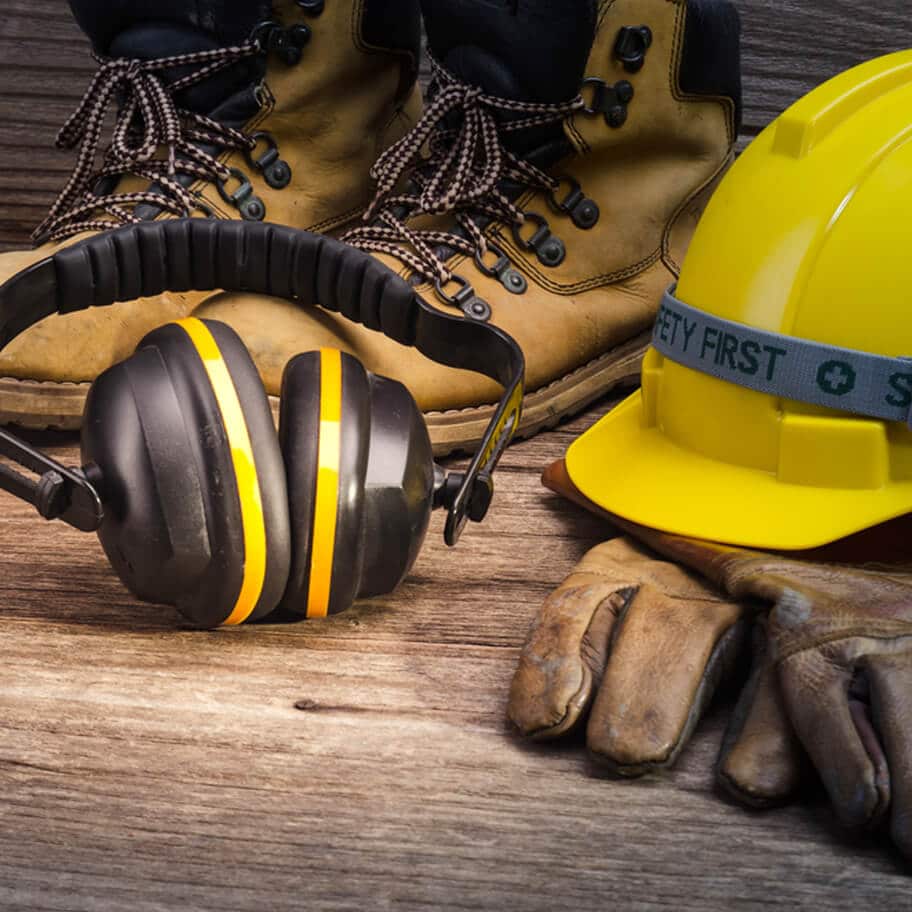Duty of Care
Claims made for health and safety breaches are very commonly associated with accidents in the workplace. All employers have a duty of care to their employees. They must provide a safe working environment that is risk-free and follows all regulations that are in place. The duties of an employer are set out in the Safety, Health and Welfare at work act 2005. The Workplace relations commission also provides information on this which may be helpful if you think that there may be a breach of health and safety, even if an accident has not occurred. Employees are also expected to follow the code of practice that is in place for them. They must ensure that they are not acting in a negligent manner while at work as this can lead to injury.
Injuries
Common injuries caused by health and safety breaches include:
- Broken Bones and Fractures
- Skin Diseases
- Diseases resulting from Inhalation of Dangerous Chemicals
- Industrial Deafness and Tinnitus
- Respiratory Diseases such as Asthma
- Problem with the Eye and/or Vision
Causes
As part of the employer obligations, an employer must be aware of potential hazards that may lead to an accident. Some of these hazards are listed below:
- Slip, Trips and Falls due to wet floors obstructed pathways
- Working with defective equipment
- Working with monitors (Visual Display Units – VDUs)
- Falls from heights
- Lack of training
- Inadequate Personal Protective Equipment (PPE)
- Exposure to high levels of noise
- Poor manual handling
- Failing to notify staff of emergency procedures
- Not carrying out frequent risk assessments
- Machinery and equipment which is not assembled correctly
- Exposure to moving parts of machinery
- Overexposure to hazardous chemicals
- Inadequate levels of lighting in the workplace
- Falling objects
- The environment is too hot or too cold
- The use of compressed air
- Faulty appliances not replaced
- Exposure to harmful vibrations
Safety, Health and Welfare at Work Act 2005
This is the main legislation in Ireland that looks after health and safety in the workplace. It outlines the duty of both an employer and employee when it comes to providing a safe working environment and how you cannot act negligently when carrying out your job.
Employer Duties
- Managing activities in a way that prioritises the health and safety of their employees.
- Providing adequate training which is necessary to carry out the job correctly and in a safe manner.
- Putting safety measures in place which can help to prevent accidents.
- Ensuring that the working environment is practical for the work that is to be carried out.
Employee Duties
- Co-operate with their employer in relation to the following regulations.
- Attend any training that is supplied to them by their employer.
- Do not act in a negligent manner which may lead to accident and injury.
- Report any problems or defects that they notice during the course of their work.
The Act explains the different areas and regulations of Health and Safety that must be followed and the different codes of practice that should be in place. Also mentioned in the Safety, Health and Welfare Act 2005 are the different procedures which should be in place if there is a health and safety breach.
Health and Safety and Pregnant Employees
An employer is obligated to carry out risk assessments for pregnant employees. If the employee is working in an environment that can pose a risk to the pregnancy, these risks should be removed or the employee should be moved away from those risks. Another course of action would be for the employer to provide alternative work to the employee away from these risks. In cases where all options are not possible then the pregnant employee must be given health and safety leave from work. This kind of leave may run until the beginning of maternity leave. This leave may also be extended to after maternity leave in cases where an employee has recently given birth or is breastfeeding and their work environment poses a risk to them (if the risk cannot be removed before they return to work).
For the duration of health and safety leave, the employee is treated as being in employment and therefore accumulated annual leave. The employee must pay full normal wages for the first 21 days of the health and safety leave, beyond this point the employee can apply for health and safety benefits from social welfare.
Other Protective Measures
An employer has an obligation to inform and protect employees from risks in the following areas:
Visual Display Units (VDUs)
An employer must be aware of VDUs used in their place of work and pay particular attention to glare and reflection, the position of the VDU in relation to its operator, software and equipment used (Mouse, keyboard, other computer-related equipment). It is also noted in legislation that the employer must also arrange for eye tests for those affected by the VDUs they operate on a daily basis and if needed make a contribution towards prescription eyeglasses. It is important that the employer allows for adequate breaks from the monitors they use also.
Wearing of Protective Equipment
The employer must inform the employees of any risks where an employee must wear protective gear. For example, footwear, eyewear, headgear, protective clothing. In conjunction with this, the employee must follow these guidelines and ensure to wear the protective gear when carrying out specific tasks. These must be provided to the employee free of charge and the employee must only use them for work purposes.
Training
The employer must show the employees how to use the protective gear and the employee must adhere to the proper use of this gear.
Reporting an Accident
Following a workplace accident the employee should first report the accident to their employer. The employee is then obliged to record the details of the accident. You may also ask for a copy of this report as it may be useful when making a claim. In cases where an employee is out of work for 3 or more consecutive days as a result of an accident (not including the day of the incident), the employer is also obliged to report the accident to the Health and Safety Authority.
Under the Safety, Health and Welfare at Work Act 2005, an employer is forbidden from victimising an employee if they do decide to exercise their rights and report an accident or proceed with an injury claim. They cannot penalise them, take disciplinary action against them, fire them or treat them any less favourably than other employees.
Workplace Relations Commission (WRC)
The WRC gives us information in relation to industrial relations and the rights that you have as an employer. If an employer has been notified of a health and safety breach but has failed to fix the problem, an employee may decide to get in touch with the workplace relations commission to find information on what they can do in this situation and the different routes they can take. If an accident has occurred as a result of this breach then it would be advised to contact a solicitor first if you are thinking about making a claim.
What to do after an accident at work*?
Following an accident at work, there are a number of steps you should follow:
-
Seek medical attention
Your health is your wealth and should be your first priority. Immediately after an accident at work, take a second to assess yourself to determine if you have any injuries and seek the relevant medical attention. If you have sustained a serious injury ensure that you contact an ambulance to attend the scene.
For minor injuries, you must remember that minor injuries where you ‘feel fine’ could progress to more serious injuries in the future. In this case it is always better to be safe than sorry and advisable that you go to your nearest accident and emergency (A&E) or local GP to be checked out.
-
Report the accident
It is critical to report the accident to your superior, i.e. a supervisor or manager on site. It doesn’t matter how small you think the accident may be. By law, accidents at work are required to be reported if the person is injured and can’t perform their daily work tasks for more than three days. Make sure to fill out an Accident Report Form. This can be used for reference in any medical examination and will also prevent any similar accidents from happening in the future.
-
Identify any witnesses
If possible, try to collect the contact details of anybody that witnessed your accident. This may be of use if you do decide to pursue a workplace accident claim. It is also useful to find out if there is any CCTV in the area where your accident happened.
-
Document the incident
It is important that you collect all the relevant information in connection with your accident:
- How the accident happened
- Details of any witnesses
- If there are any CCTV recordings of your accident
- Take pictures of where the accident happened and what caused your accident
-
Speak to a workplace accident solicitor
If you are considering moving forward with a workplace accident claim for any personal injuries sustained, it is advisable that you speak with a workplace accident claims solicitor as soon as possible. If you are proceeding with a claim, the first step will be submitting your claim to the Personal Injuries Assessment Board (PIAB) for assessment. A workplace accident solicitor can help you in preparing your application to the Personal Injuries Assessment Board (PIAB) and ensure that you follow the process in the correct format, meaning that you can move forward with your claim quickly without unnecessary delays.
It is important to remember to keep copies of any expenses that you have incurred as a result of the accident. It is also imperative to retain copies of medical reports or incident report forms where possible as you will need them when making a claim.

